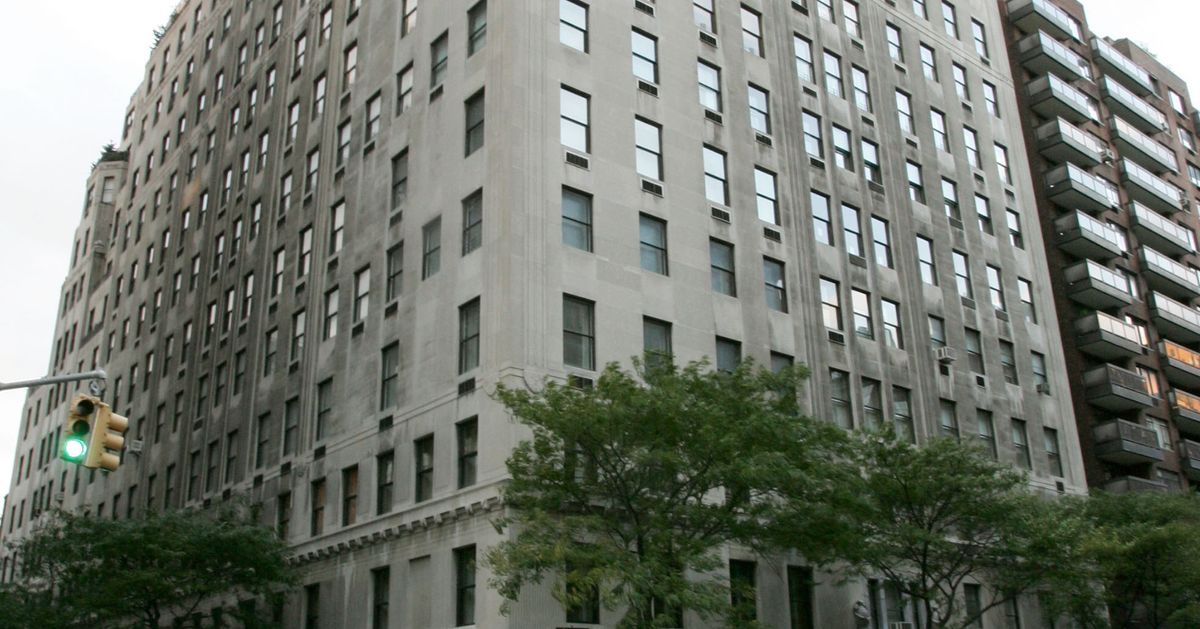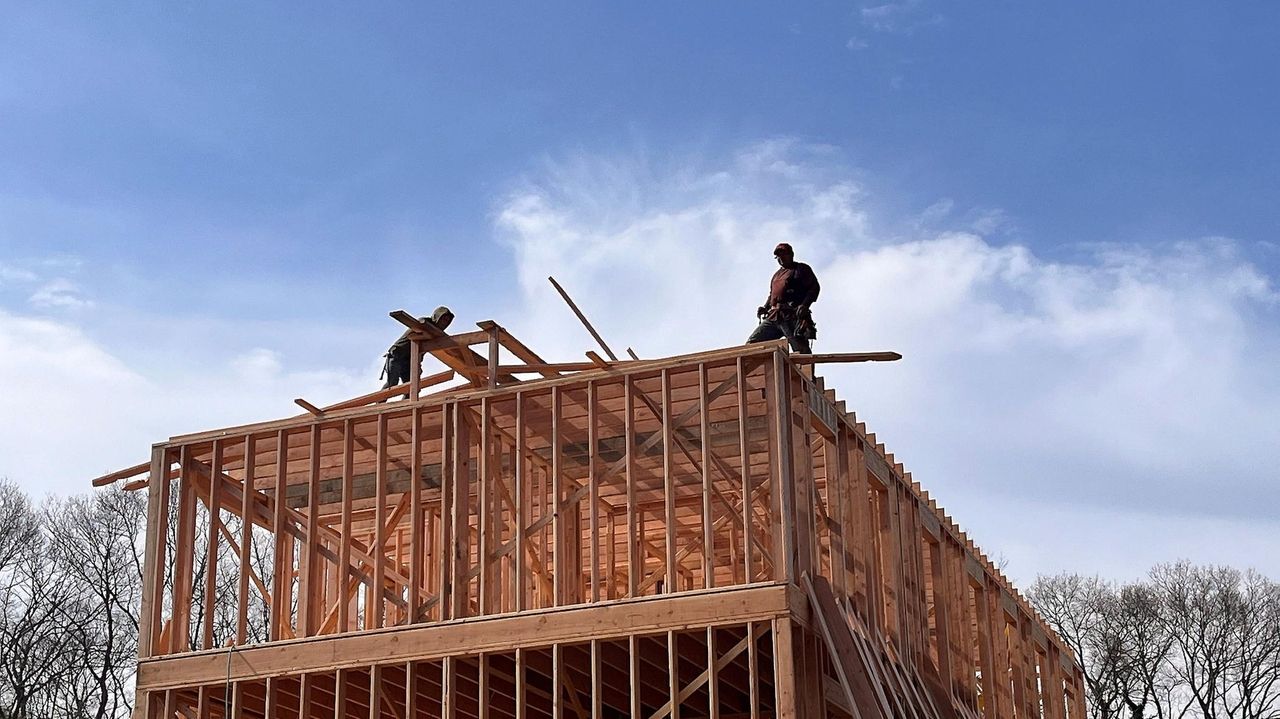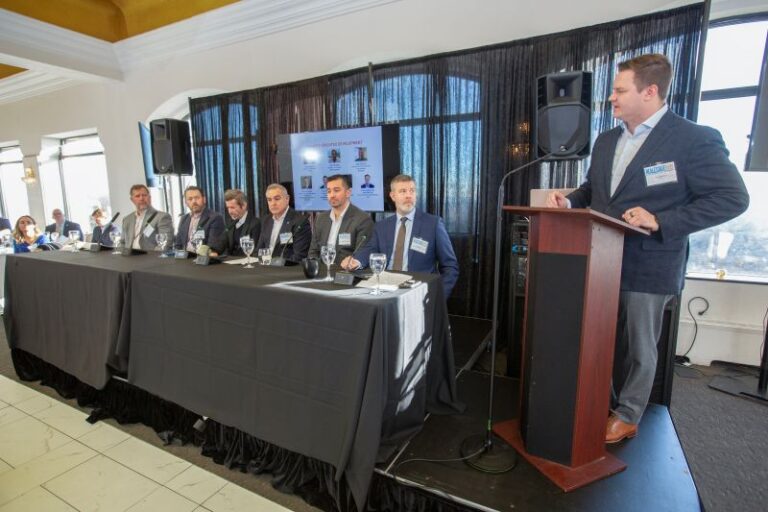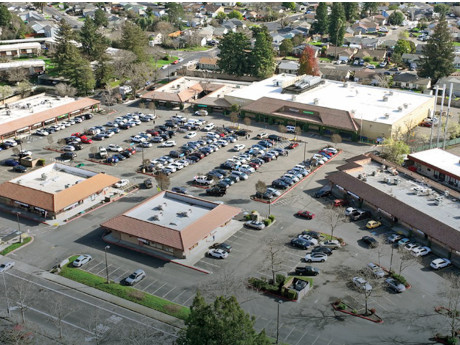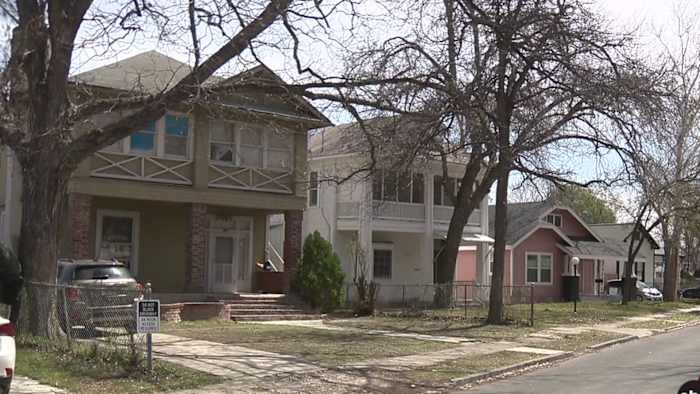W
oodsonia Real Estate’s $15 million Aquatics Center, part of its Veteran’s Village project under the Good Life District initiative, was the focus of a November 12 City Council session in Grand Island. The company’s presentation, led by Director of Development Mitch Hohlen and President Drew Snyder, outlined a plan that many council members felt fell short of the city’s expectations.
Council President Jack Sheard opened the meeting by noting that North Platte is building a comparable facility for roughly $35 million, and Council Member Chuck Haase suggested a $30 million budget for Grand Island’s center. Sheard criticized Woodsonia’s proposal as “not even close to what we are asking for.” At the meeting’s close, Mayor Roger Steele challenged the developers to return on December 9 with a revised plan that incorporates the council’s desired features and clearly identifies funding sources. Steele emphasized that the council needs to know what Woodsonia can deliver and what it cannot.
Woodsonia’s original Good Life District application was submitted on November 4, 2024, and a revised 550‑page version was filed on August 15 after the Nebraska Legislature amended the program on June 4. The revised document was withheld from the public until the November 12 meeting due to ongoing negotiations. The proposed site lies north of the Burlington Railroad tracks, south of Airport Road/U.S. Highway 281, and between Broadwell Avenue and Webb Road; it does not include the former Nebraska Veterans Home.
During the session, Snyder asked for a single council contact for the Aquatics Center. Sheard questioned whether Woodsonia needed the full $26 million in Good Life District funds earmarked for housing, noting that other Grand Island developments are proceeding without such funding. Snyder defended the housing component as essential to attract residents who would use the center’s amenities, including restaurants.
Council Member Chuck Haase supported a one‑time land transfer with “land claw‑backs” if Woodsonia fails to complete the project as planned. These claw‑backs would forfeit remaining Good Life District funds for Phases 2 and 3 and return land to the city for Phase 1 development. Haase reiterated that a $15 million center would be insufficient and called for an eight‑ to ten‑lane pool.
Ryan O’Neill, familiar with the YMCA’s 46‑year‑old indoor pool, stressed that voters expect a modern facility. He outlined desired features: a lap pool for competitive swimming, a therapeutic pool, and a recreational area. O’Neill emphasized the need for a comprehensive center that serves multiple community needs.
Realtor Mitch Nickerson highlighted the importance of a competitive pool for school meets and expressed concern that Woodsonia’s fitness center could threaten existing private facilities. He also questioned the housing plan, noting that Grand Island requires about 300 new units annually and that an oversupply could saturate the market. Nickerson pointed out that the sports complex lacks pickleball courts, a popular demand.
Council Member Doug Brown echoed the sentiment that the Aquatics Center must reflect citizen preferences. Sheard reiterated the need for a larger facility and questioned the housing allocation. Snyder replied that Good Life District funding is necessary for the housing component, but the business must remain viable.
Mark Stelk supported the council’s vision for the center and suggested engaging local school districts for potential financial backing. He also endorsed the sports complex, believing it would attract visitors and stimulate local spending. Stelk advocated a gradual, well‑planned approach to housing.
Mike Paulick insisted that the Aquatics Center’s specifications must align with council expectations; otherwise, he would not support the project. Former Mayor Jay Vavricek reminded the council that the community expects an Aquatics Center as part of the Good Life District, and that the current YMCA pool is nearly 50 years old. He called for an action plan to ensure the center’s timely completion.
Derek Hansen, former president of the Heartland Futbol Club, raised concerns about the proposed soccer fields, noting that the club’s 40+ recreational teams lack adequate space. He questioned the $75 per hour rental fee and urged the council to preserve this opportunity. Hansen referenced details in the 550‑page Good Life District application.
Regional Planning Director Chad Nabity suggested a short memorandum of understanding to serve as a roadmap for the project. Representatives from Pinnacle Indoor Sports, Brandstetter Carrol (architects/engineers), and HealthFitness, all consultants for Woodsonia, attended the meeting.
For context, North Platte approved a $52.5 million recreation project in November 2022, funded by a temporary half‑cent sales tax and a $10 million U.S. Department of Defense grant. The new facility will feature a lap pool, leisure pool, water slide, two diving boards, and a lazy river, with construction largely complete and an opening slated for 2027.
Woodsonia’s revised Good Life District proposal, now due for review on December 9, must address the council’s demands for a larger, multi‑purpose Aquatics Center, a realistic housing plan, and clear funding allocations. The outcome will determine whether the Veteran’s Village can proceed as envisioned or require significant adjustments to meet Grand Island’s community standards.


